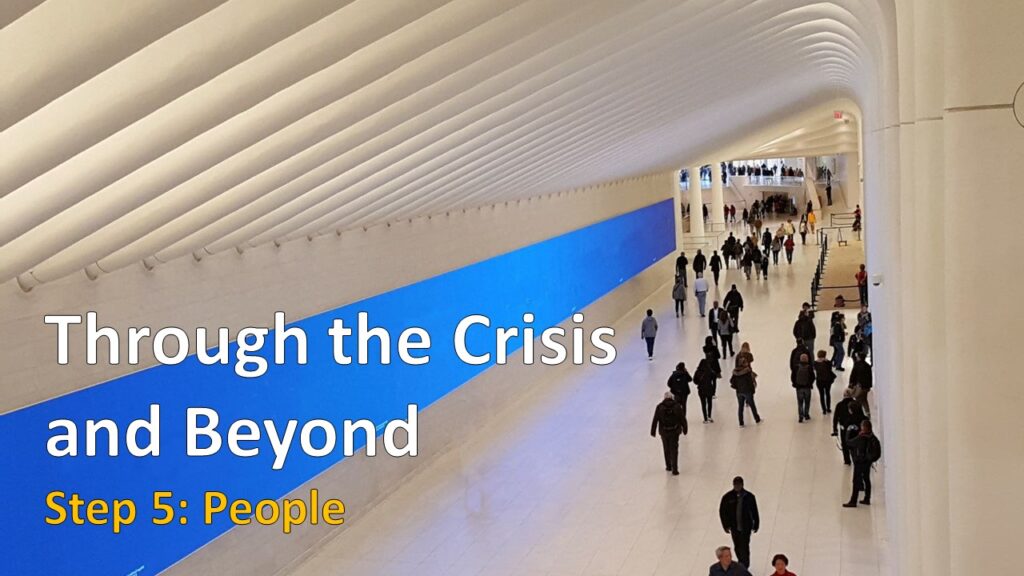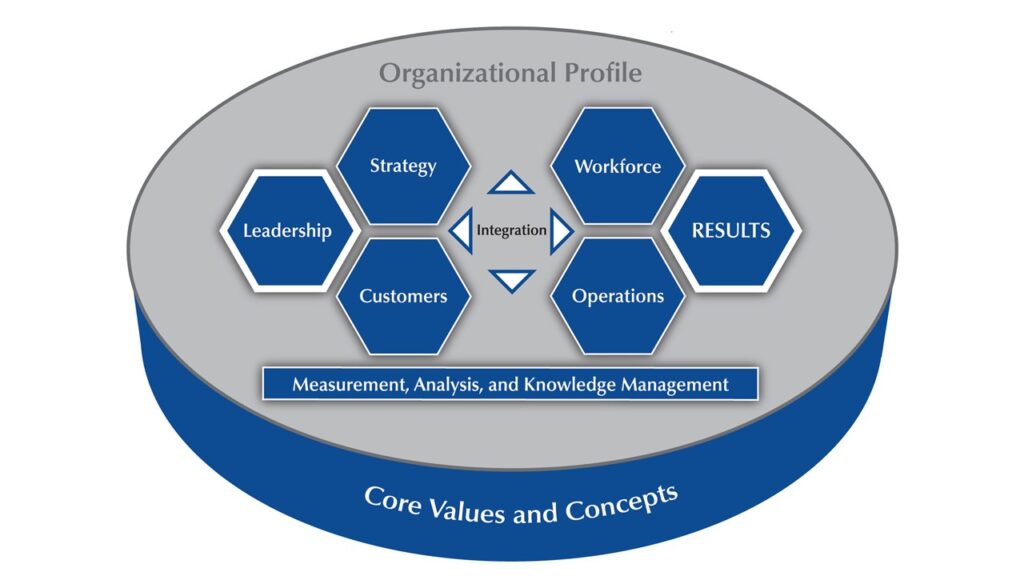
People
This is the fifth in a series of articles designed to help you lead through the current COVID-19 crisis AND poise your organization for the recovery.
So far, we have discussed Perspective, Purpose, Passion, and Path. In this article we will discuss People.
We will not always be battling a pandemic and these principles and practices work just as well during good times as in bad.
Even if you’re just sitting at home right now, you can find something to do to improve yourself, your team, and/or your organization. An investment in learning pays off when you do something with it!
If you’re short on time, key takeaways and actions are listed at the end. Let’s continue…
People
If you could run an organization without any other people, would you? Wouldn’t it make your work life easier? No more people problems. Such a relief! No hiring, no training, no payroll, no vacation schedules, no parking issues, no drama, etc. It sure would be nice to not have to deal with those matters.
In reality, very few organizations can operate with just one person. It takes a team. So, the original question is a bit moot. But it brings us to a deeper question, if we could, would we want to run an organization without others?
At the end of the day, most people say no. Running an organization without any other people would make work less fulfilling. As social creatures, there is a purely human side to work that can’t be ignored. There is more to work than just getting the job done.
So, to run most organizations we need more than one person and we want to work with others. Given the context of high performance, then the question becomes how do we create a work environment that together we achieve our best and highest results?
People + Processes
The Malcolm Baldrige National Quality Award program has developed, and refined over the past 30+ years, what is recognized as a world-class set of organizational performance criteria. In it, Category 5 (Workforce) and Category 6 (Operations) are the two main drivers of an organization’s economic engine. They generate your Results (Category 7). The remaining four Categories in the Criteria set up and support these three Categories.

Despite how they may look in the model, the two main drivers are not independent or opposed. They are interdependent and together generate the organization’s results. In other words, your results come from your People following your Processes.
Therefore, in simple terms, to lead a high performing enterprise you need a culture of high performing people following high performing processes. We’ll cover Processes in tomorrow’s article.
Employee Performance
Gallup has been chronicling employee engagement in the workforce since 2000. “Engaged” means those who are highly involved in, enthusiastic about, and committed to their workplace. In that time, it has gathered an impressive amount of data yielding some eye-opening, yet highly useful, conclusions.
As mentioned in Step 2 of this series, in 2019 Gallup found that 35% of the US workforce is considered engaged. This seemingly low number is actually at an all-time high. Team members with higher levels of engagement:
- produce substantially better outcomes;
- treat customers better and attract new ones;
- are more likely to remain with their organization than those who are less engaged;
- are physically healthier and less likely to experience burnout.
That sounds like high performance to me!
Fifty-two percent of the workforce is considered “not engaged.” These people put in the time, but only the minimum amount of work to get by. Typically, they are looking for another job while working for you and will quickly leave for what they perceive as a slightly better offer.
“Actively Disengaged” is at 13%. These people have miserable work experiences and spread their unhappiness to their colleagues.
Gallup has also determined that People don’t quit companies. They quit their immediate supervisors. Employee disengagement and the desire to leave for 65% of the workforce doesn’t primarily come from the work or the pay or the benefits, it comes from their supervision.
Environment
If you have a garden and the plants aren’t growing, what do you do? Do you fix the plants? Or do you fix the environment? Of course, you fix the environment. You water more often, add or take away shade, add fertilizer, put a fence around them, etc.
As a leader, your job is to create the best environment for your People to perform at their highest levels.
Gallup’s research indicates that the primary driver of employee performance is how organizations develop employees. They have identified four primary characteristics of high-development, which leads to highly engaged employees, which leads to high performing organizations. High development cultures:
- Are CEO- and board-initiated;
- Educate managers on new ways of managing — moving from a culture of “boss” to “coach;”
- Practice companywide communication; and
- Hold managers accountable.
Note the emphasis on culture, not programs or initiatives or task forces. These characteristics have to be lived, not mandated. If we see people simply as a means to an end (Perspective!) then we will be missing a key point, and they will never strive to reach their full potential in that kind of environment. We will be using them, not working with them passionately toward a common Purpose.
“I realize my job is to create an environment that will help my employees find satisfaction in their work and support their personal goals.” – from the His Way at Work website (www.hwaw.com )
Key takeaways
First: As social creatures, humans want and need to work together.
Second: Your organization’s results come from your People following your Processes.
Third: Research shows that the primary driver of employee performance is how organizations develop employees.
Fourth: Employee development leads to employee engagement, which leads to high performance.
Questions to ask yourself:
- During your career did your most noteworthy successes, your highest highs, result from solo efforts or team efforts?
- Have you hired, onboarded, trained, and resourced your People to run your Processes?
- How well does your organization develop People? Is your organizational culture conducive to employee development?
- Is your leadership style more “boss” or more “coach?”
- Bonus: What is your home/family environment like? Is it conducive to development?
Steps to take:
- Assess your turnover rate (pre-virus). Are there any areas with a disproportionately high turnover rate? If yes, determine whether you have a hiring problem (can’t find the kind of people that fit and stay) or a retention problem (can’t keep them once we’ve hired them). If retention, you probably need to look into the leader(s) in that area and make adjustments.
- Assess your overall workplace culture (again, pre-virus). Is it a high development culture? If not, establish systematic processes to develop and retain your employees, including manager education, company-wide communication, and accountability.
- Bonus: Create a development plan for your children or grandchildren.